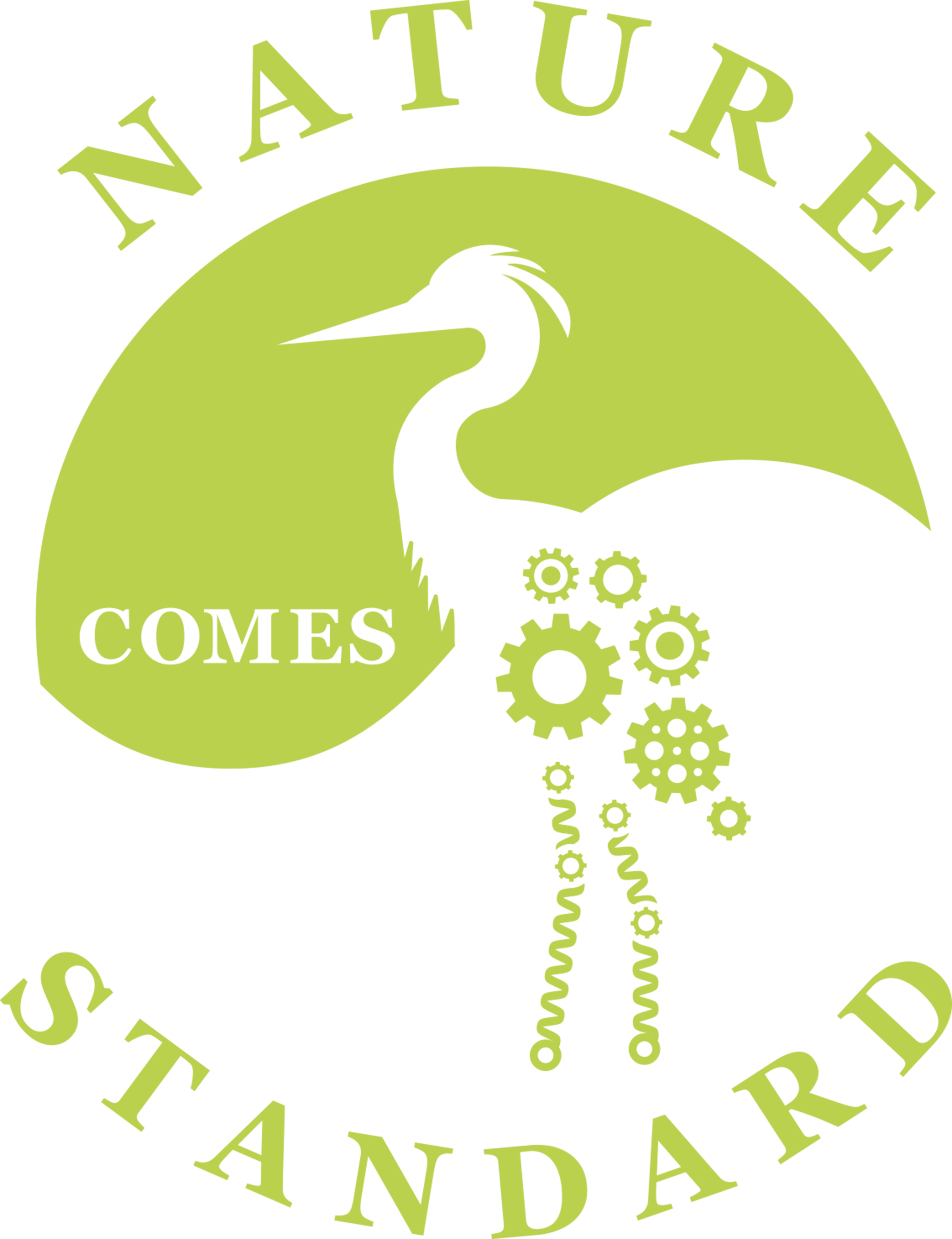Butterfly Kisses and Solar Energy

For New Years' Eve 2016, I attended SPECTRA--an event hosted at the Pacific Science Center in Seattle, Washington. Besides access to the planetarium, laser show, and view of the Space Needle's fireworks, attendees could walk through the Tropical Butterfly House. While strolling through the tropical climate conditions, I experienced a bright blue and black butterfly, Prepona Ophale, land on my face. I paused to enjoy this beautiful creature "kiss" my lips with its proboscis, a tongue-like straw that curls up when not in use; a special 2017 welcome from Nature!
The colors of butterflies are not pigments but rather color made from a chitin structure. Chitin is the typical carbohydrate exoskeleton of insects and crustaceans. These unique microscopic structures reflect and refract incoming white light so that specific color wavelengths cancel out and other wavelengths are enhanced. The enhanced colors are what the human eye sees and provides butterfly communication to attract mates and repel predators. In addition to color, these structures offer thermoregulation of the cold-blooded butterfly by absorbing heat from light. (1)
With new photovoltaic design shifting away from the typical silicon design and nanocrystalline and polymer films, the butterfly's structural color inspires efficient solar cells. The dark black color is created by a honeycomb-like structure, while concave or cross-ribbing structures create more vibrant colors. The honeycomb structure showed to be most efficient in collecting light via refraction and scattering of photons. The more collection capability means more energy available for energy conversion. (2)
The butterfly is just one of many insects and crustaceans that implement structural color. Not only could structural inspiration be found in other examples of Nature, but sustainable applications could be expanded from solar cells to other photonics systems or even into the field of magnetics and optics. What else will Nature teach us in 2017?
References:
(1) https://issuu.com/aerandir4/docs/thermoregulation_by_butterfly_wings
(2) Wang Zhang, Di Zhang, Tongxiang Fan, Jiajun Gu, Jian Ding, Hao Wang, Qixin Guo, and Hiroshi Ogawa. Novel Photoanode Structure Templated from Butterfly Wing Scales. Chemistry of Materials 2009 21 (1), 33-40. DOI: 10.1021/cm702458p





